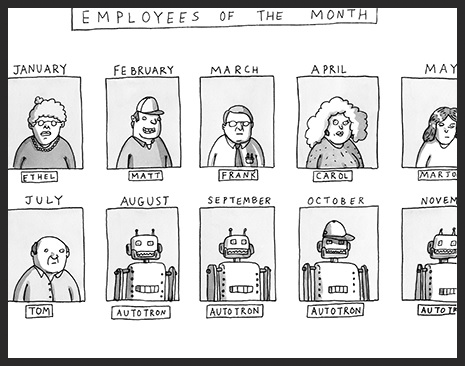5 Strategies for Cutting Your Environmental Expenses |
| Strategy #1 - Reduce the Number of Wells Sampled. |
 Example of reasons for sampling to many wells: 1) The desire to please a "Regulator" can often lead to sampling more wells than necessary. Let's face it, making some Regulators happy is impossible. However, the boundary between making them "happy" and staying in "compliance" leaves plenty of room for negotiation. Finding the right number of wells to sample while maintaining a compliant quality to the sampling program is the duty of the Consultant. 2) Complacency. Especially on sites monitored for a long period of time, there is a tendency to keep sampling the same wells over and over again without questioning the significance and value of sampling each individual well within the program. A review and justification for each well being sampled should be conducted at least annually to assure the optimum number of wells is being sampled. Optimum, in this case, means not too many and also, not too few. 3) When the decision to sample a given well is made by the same person that will benefit financially from sampling that well, there is the potential for an Unintended Bias. As much as we like to believe that scientific and regulatory decisions are free from the influence of money, unfortunately they are not. A separation between the entity that makes the decision to sample the well and the entity that benefits financially from sampling the well removes the potential for this unintended bias. |
| Strategy #2 - Reduce Sampling Frequency. |
 If you have been sampling a site for years and have data to support seasonal groundwater flow direction, elevations and concentration fluctuations, and further you have no reason to anticipate any "surprise" changes in the data trend, then reducing the sampling frequency is justifiable and makes sound financial sense. When you are able to reasonable predict future data, then a reduction in sampling frequency is justifiable. This money saving tactic is especially useful at long-term monitoring sites where you are not submitting the site for closure in the foreseeable future. If you have been sampling a site for years and have data to support seasonal groundwater flow direction, elevations and concentration fluctuations, and further you have no reason to anticipate any "surprise" changes in the data trend, then reducing the sampling frequency is justifiable and makes sound financial sense. When you are able to reasonable predict future data, then a reduction in sampling frequency is justifiable. This money saving tactic is especially useful at long-term monitoring sites where you are not submitting the site for closure in the foreseeable future. This reduction in sampling frequency does not have to be a site wide reduction; it can simply be a reduction of frequency on selected individual wells. |
| Strategy #3 - Reduce Analytical Parameters. |
 Similar to Strategy #2, if you have been sampling a site for years and have enough historical data which allows you to reasonably predict future data tends, then you are likely in a position to reduce frequencies on select analytical parameters. For example, if your site has dissolved lead contamination and you have enough data to predict future data trends, it is then reasonable to skip some analysis in the future and test for dissolved lead on a less frequent basis. Keep in mind that this strategy is based on site specifics and should be carefully considered. However, the use of this strategy can save significant costs on laboratory analysis without sacrificing regulatory compliance status. |
| Strategy #4 - Competitively Bid Laboratory Analysis. |
 SampleServe.com is not a laboratory, however, we work with numerous qualified laboratories across the midwest and would be happy to perform this task for you at no charge ....... no obligation and no charge. It's good sound business to check your laboratory pricing periodically and we are happy to do it for you. Just give us a call and we will e-mail you the bid form to complete and we'll help you fill it out and send it out. |
| Strategy #5 - Automate and Simplify Regulatory Reporting. |
 If you have ever read a typical quarterly ground water monitoring report then you know that the new report reads just like the old report. Other than subtle differences in the numeric data, most reports are indistinguishable from one another. So the question is then, "why do they cost so much?" Well, because the traditional method for preparing the report is based on manual data input and manual data output techniques (Microsoft Excel, Word and AutoCad graphics). These techniques are labor intensive, taking hours to prepare, and you're paying someone on hourly rate to prepare them. Using state of the art "cloud computing" systems and software to perform these "routine" report functions is both more convenient and more cost effective than the old manual method. In fact, cloud computing reports are customizable and full of the graphics needed (tables, charts, maps, graphs, etc..) and can be prepared in about 15 seconds. Best of all they can be prepared over and over again in countless variations across numerous dates and events, all for free. Your customized report is prepared and ready for submittal for free. |


Comments
Post a Comment